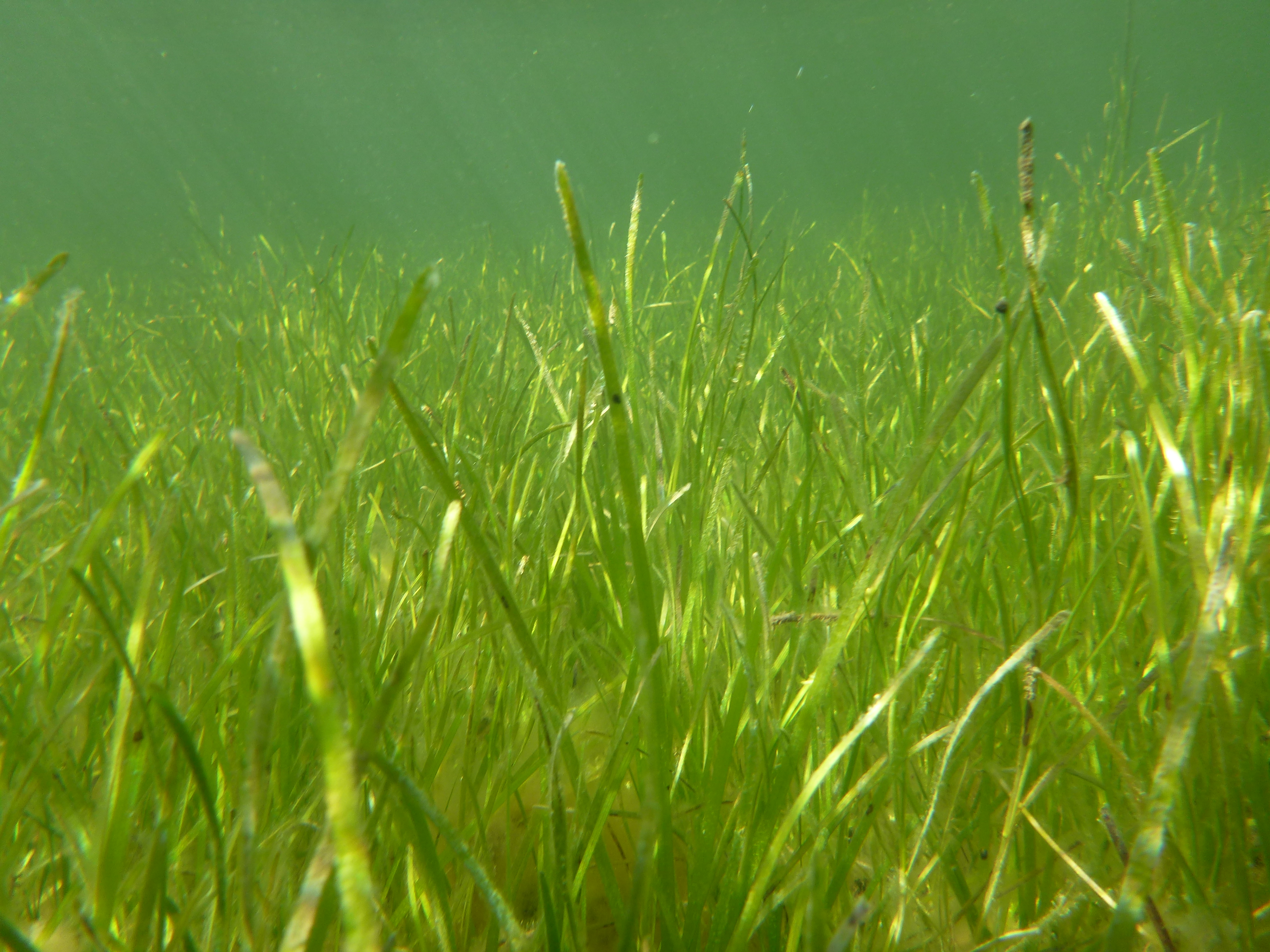Resilient Reproduction

A recent collaborative effort between researchers from CBNERR-VA, VIMS and The University of Western Australia compares the survival and demographic characteristics of recovering Zostera marina (eelgrass) populations in the Chesapeake Bay after two different periods of warm water and rainfall events that caused large-scale declines. The study, published in Estuaries and Coasts, includes seagrass and water quality data from Goodwin Islands.
Recovery Dynamics of the Seagrass Zostera marina Following Mass Mortalities from Two Extreme Climatic Events
by
Andrew Johnson, Erin Shields, Gary Kendrick, Robert Orth
https://doi.org/10.1007/s12237-020-00816-y
Zostera marina populations have multiple mechanisms of recovery depending on the severity and timing of a disturbance and their investment in sexual reproduction. Given the 1) natural variability in flowering intensity and seed banks, 2) the vulnerability of early life stages, and 3) the rare flowering of perennial Z. marina seedlings, diebacks related to extreme and potentially synergistic weather events associated with climate change may place perennial Z. marina populations reliant on sexual reproduction for recovery at risk. If climate change increases the frequency of extreme events in the Chesapeake Bay and elsewhere, perennial Z. marina populations may be increasingly dependent on the previous years’ flowering and recruitment from seed.

